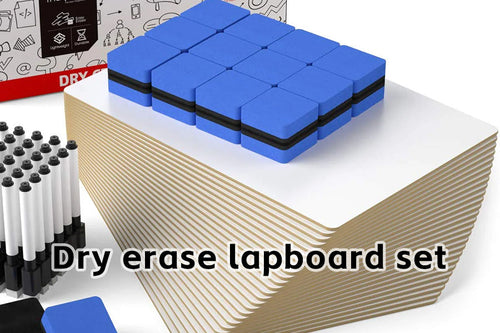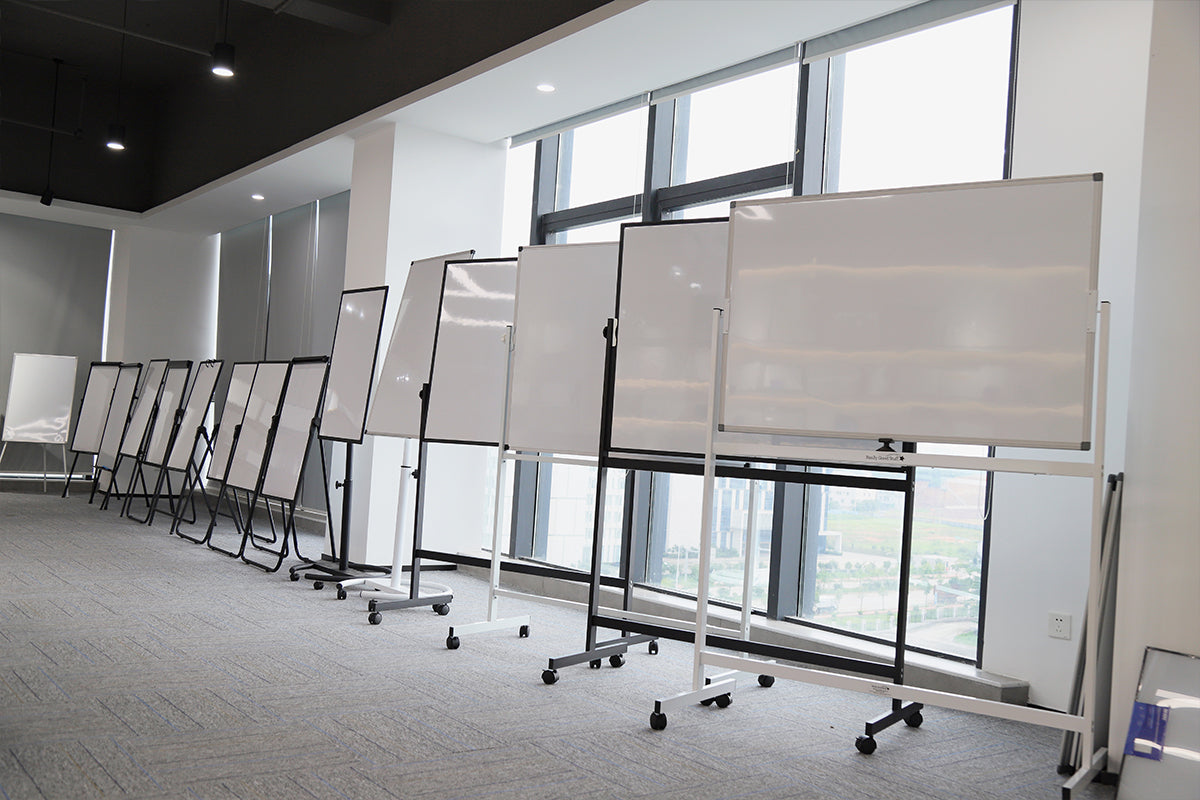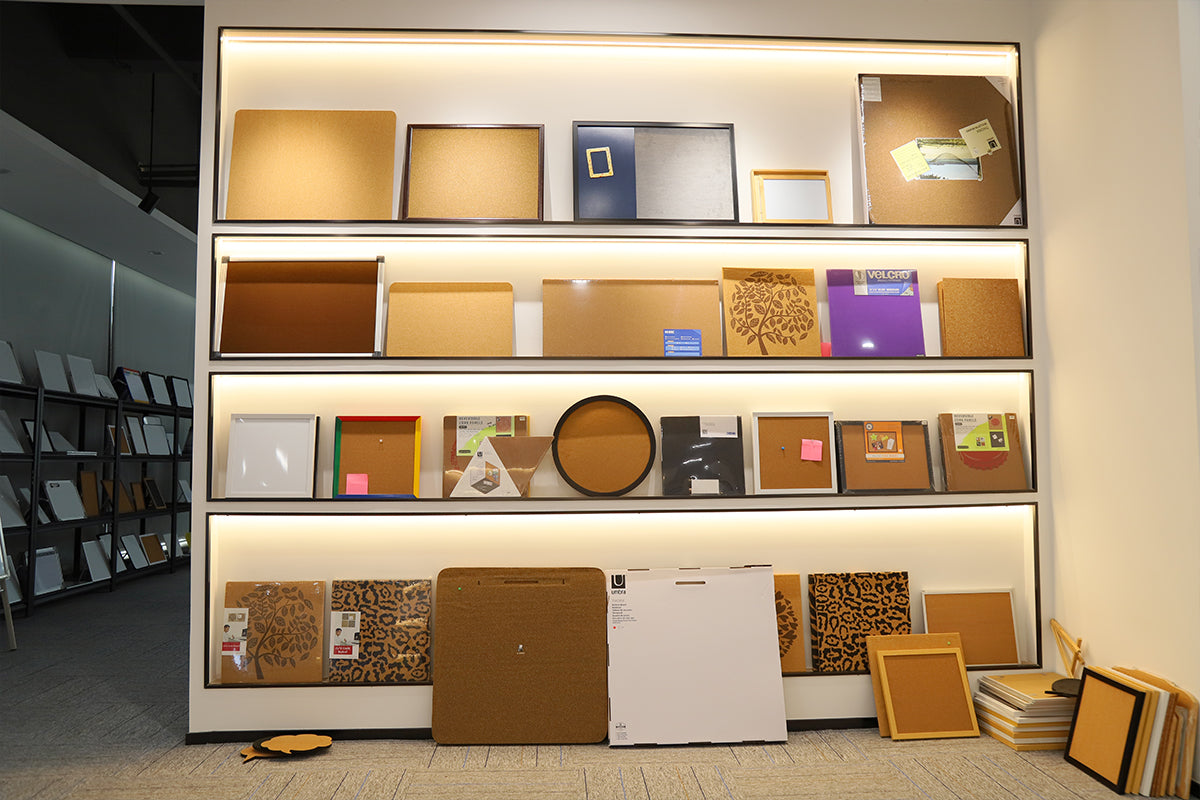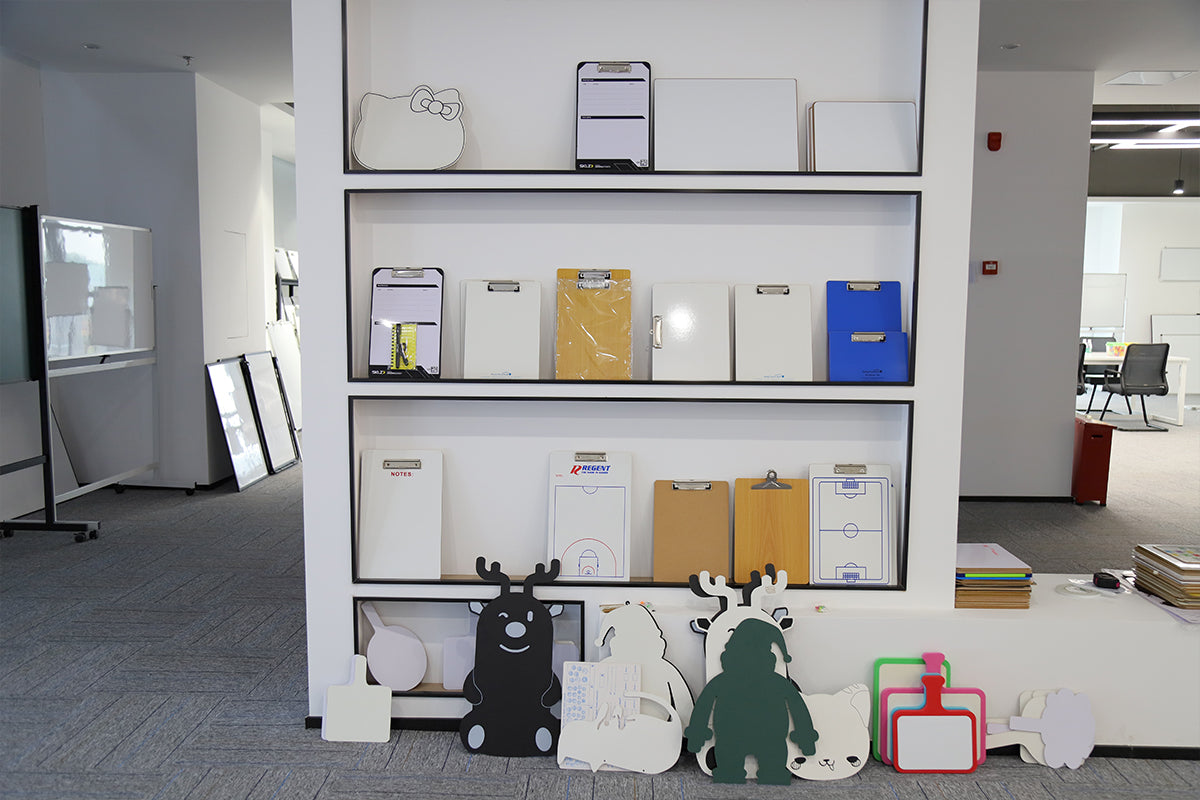What is a classroom whiteboard?
A classroom whiteboard is a staple in educational settings, providing a versatile tool for teachers and students alike. It is a large, smooth surface typically made of white material, such as melamine or porcelain, that can be written on with dry-erase markers and easily erased.

Why are Classroom Whiteboards Important?
Classroom whiteboards offer numerous benefits that enhance the learning experience:
1. Interactive Teaching: Whiteboards allow teachers to engage students in interactive learning activities. They can write, draw diagrams, and illustrate concepts in real-time, making lessons more dynamic and engaging.
2. Collaboration: Whiteboards encourage collaboration among students. They can work together on group projects, brainstorm ideas, and solve problems collectively. The whiteboard serves as a shared space for creativity and teamwork.
3. Visual Aid: Visual learning is effective for many students. Whiteboards provide a clear and visible platform for presenting information, diagrams, and visual aids. This helps students better understand and retain the material.
4. Flexibility: Classroom whiteboards offer flexibility in teaching. Teachers can easily switch between different teaching methods, adapt to students' needs, and modify lesson plans on the spot. The whiteboard acts as a versatile tool that can be used in various subjects and teaching styles.
Types of Classroom Whiteboards
There are several types of classroom whiteboards available:
1. Traditional Whiteboards: These are the standard whiteboards found in most classrooms. They are durable, easy to clean, and provide a smooth writing surface.
2. Interactive Whiteboards: Also known as smart boards, interactive whiteboards have additional features such as touch-screen capabilities and the ability to connect to computers. They enable teachers to incorporate multimedia elements into their lessons.
3. Mobile Whiteboards: Mobile whiteboards are mounted on wheels, allowing for easy movement and flexibility within the classroom. They are ideal for collaborative activities and can be easily shared between different groups of students.
Conclusion
A classroom whiteboard is an essential tool that promotes interactive teaching, collaboration, and visual learning. It offers flexibility and adaptability, making it a valuable asset in any educational environment. Whether it's a traditional whiteboard, an interactive whiteboard, or a mobile whiteboard, this versatile tool plays a crucial role in enhancing the learning experience for both teachers and students.












